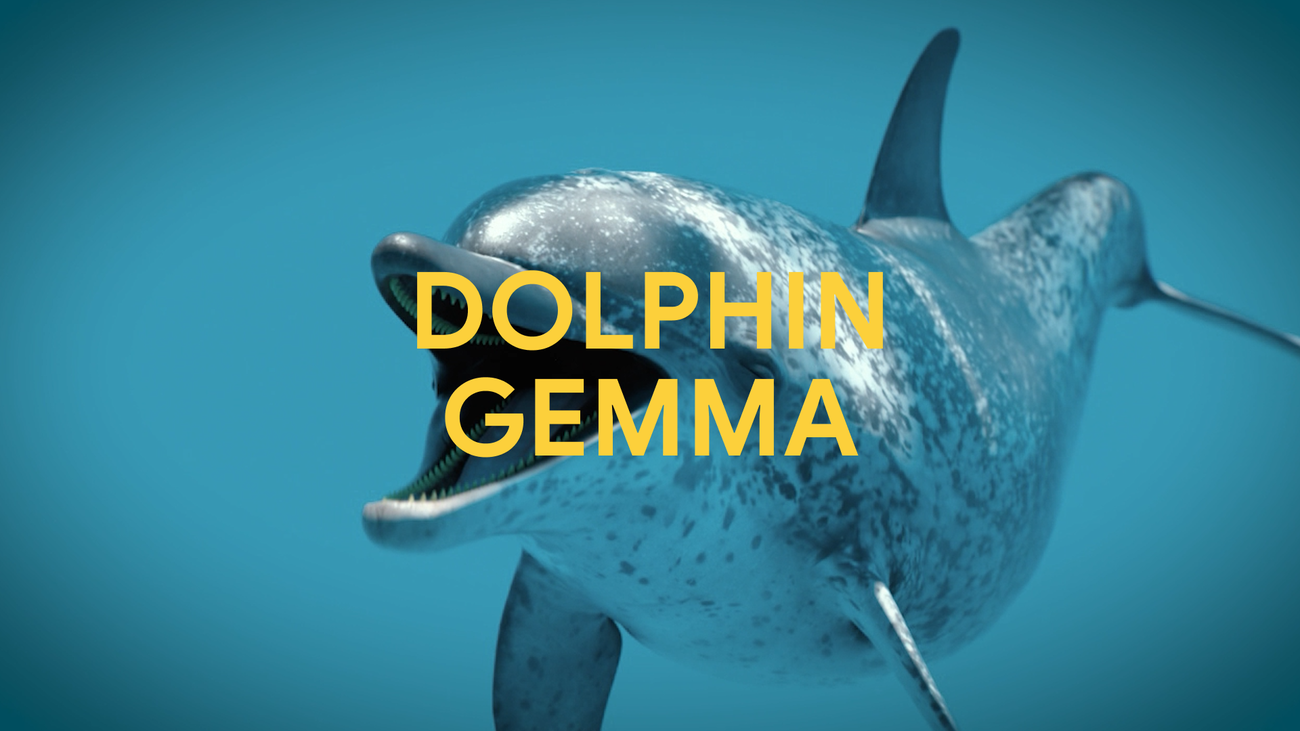Google’s DolphinGemma model, built with nearly 400 million parameters, is designed to study dolphin vocalisations using decades of recordings collected by Georgia Tech and the Wild Dolphin Project (WDP). Since 1985, WDP has compiled extensive audio and behavioural data on Atlantic spotted dolphins, enabling the model to uncover structural patterns in communication and generate dolphin-like sound sequences.
DolphinGemma employs the SoundStream tokenizer and can run in real time on Pixel 6 and Pixel 9 devices, allowing field researchers to analyse data on site. It detects recurring patterns such as signature whistles used for identity, burst-pulse squawks associated with conflict, and buzzes linked to courtship or predator deterrence. Google plans to release DolphinGemma as an open model in summer 2025, making it available to researchers worldwide.
This development marks a data-driven step forward in interspecies communication: a nearly 400-million-parameter, field-ready model that systematically identifies patterns, predicts likely sound sequences, and provides new opportunities for conservation and behavioural science.
Sources:
1.

2.

3.











